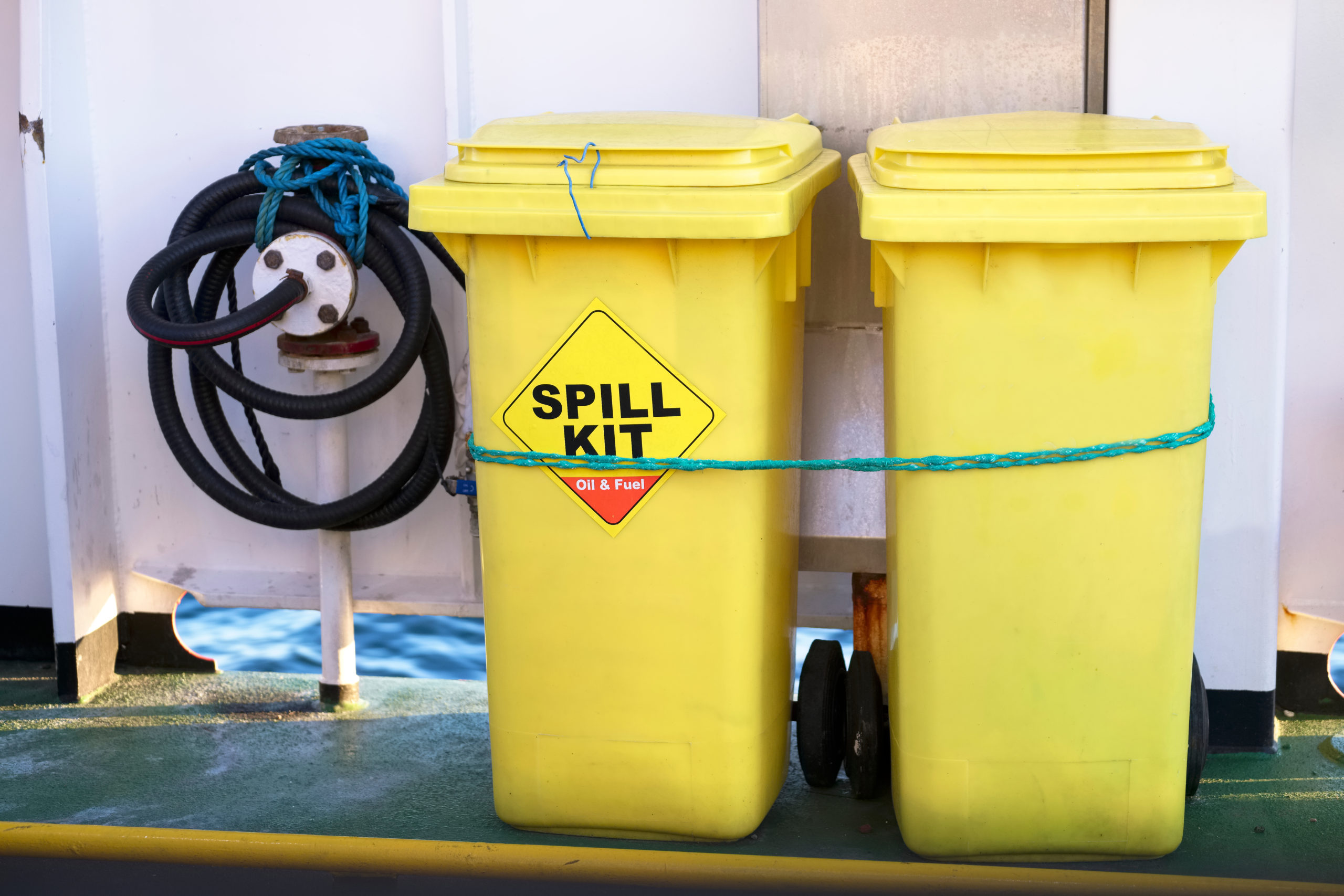Description
Have you ever painted without proper masking or ventilation? Have you ever knocked over bleach and just wiped it up with paper towels? How about something a little more hazardous? Did you know or follow proper handling and spill containment procedures? Your safety, along with those of your coworkers, should be top of mind when working with hazardous materials.
Hazardous materials can be found on most job sites. The term “hazardous materials” includes:
- Flammable liquids or other substances
- Corrosive materials or acids
- Toxic or flammable gasses
- Chemicals
- Explosives or blasting agents and
- other materials that are flammable, toxic or corrosive.
Your company is required to have hazardous materials handling procedures clearly documented. You will need to be trained in processes regarding the handling of materials and hazard communication. Hazard communication includes hazardous chemical lists, safety data sheets, storage requirements, compliance with rules or regulations, and an emergency plan in case of spills.
It is critical that you remain informed and aware of any hazardous materials being used. Each type has specific risks, PPE requirements, containment, and decontamination processes. Having these requirements communicated proactively will allow you to stay informed and understand your role in both handling the material daily and what to do in case of an emergency.
This training will break down
- Hazard communication basics
- Hazardous materials safety training
and - Spill containment
Keywords: hazardous material, hazmat, classes of hazardous materials, dot hazardous materials, hazardous material label, hazardous material placard, hazardous material definition, hazardous material disposal, hazardous materials symbols, shipping hazardous materials, what are hazardous materials, hazardous materials identification system, hazardous material signs, hazard communication, hazcom, spill containment

